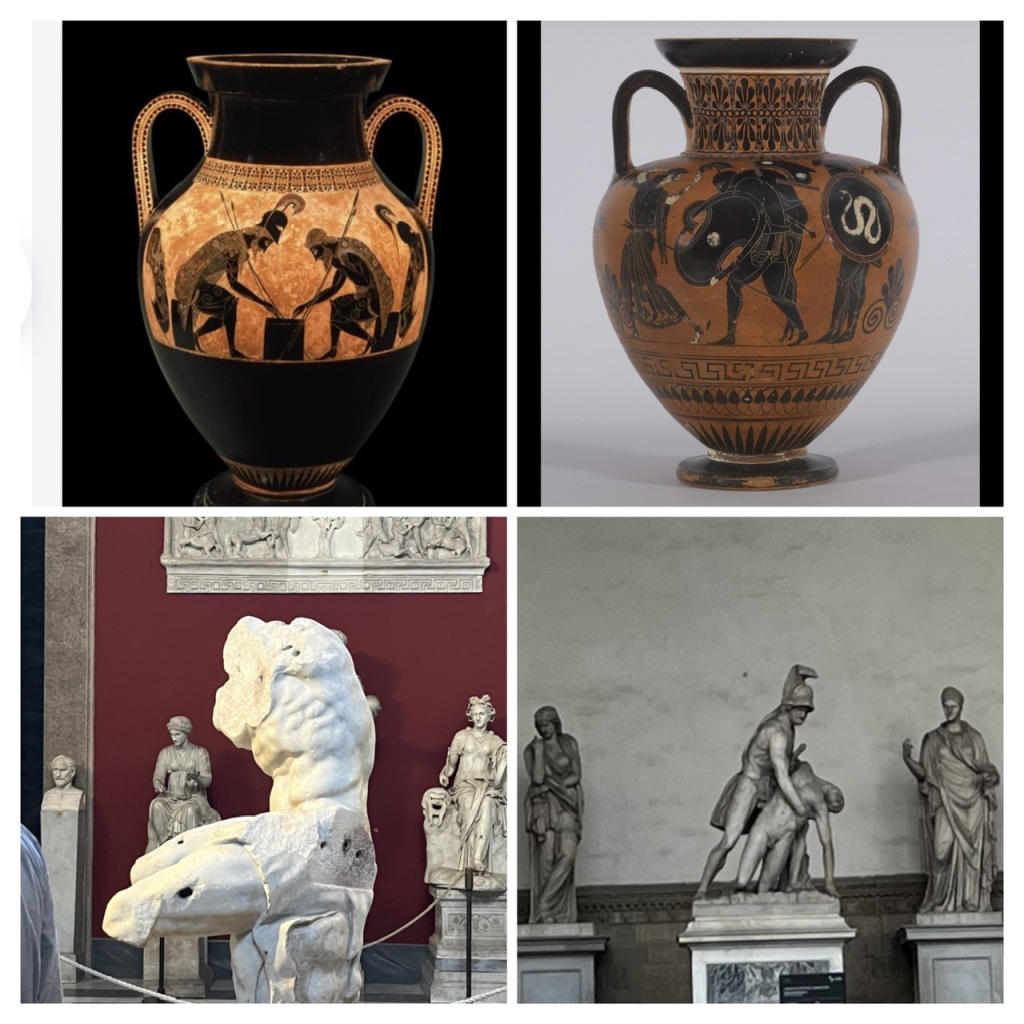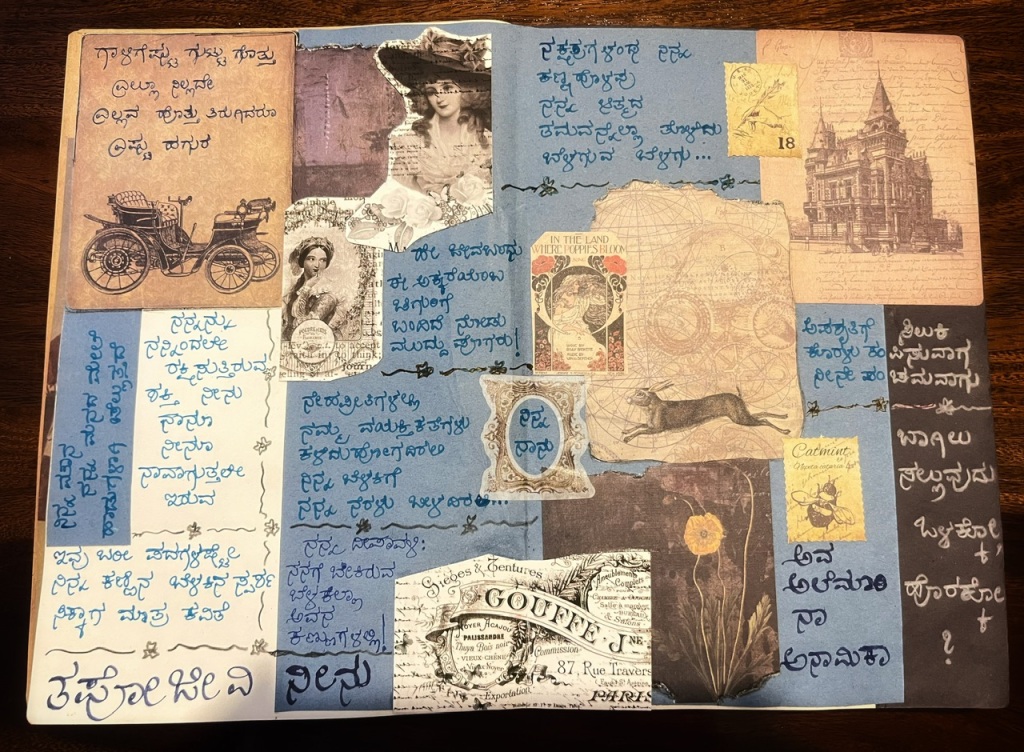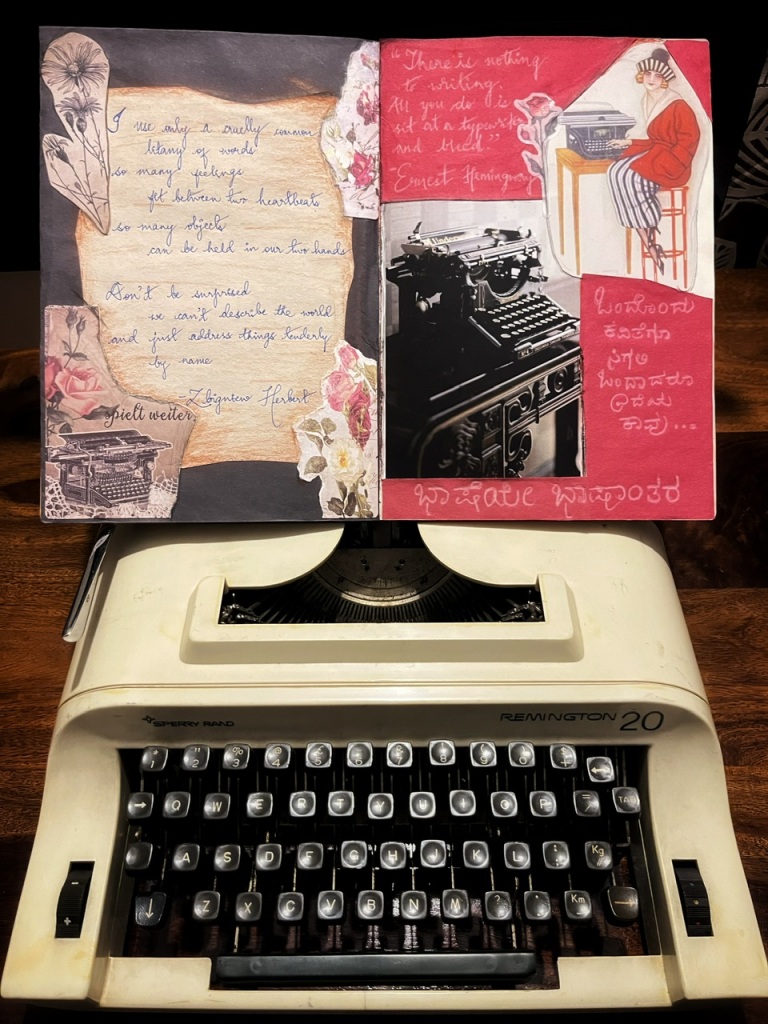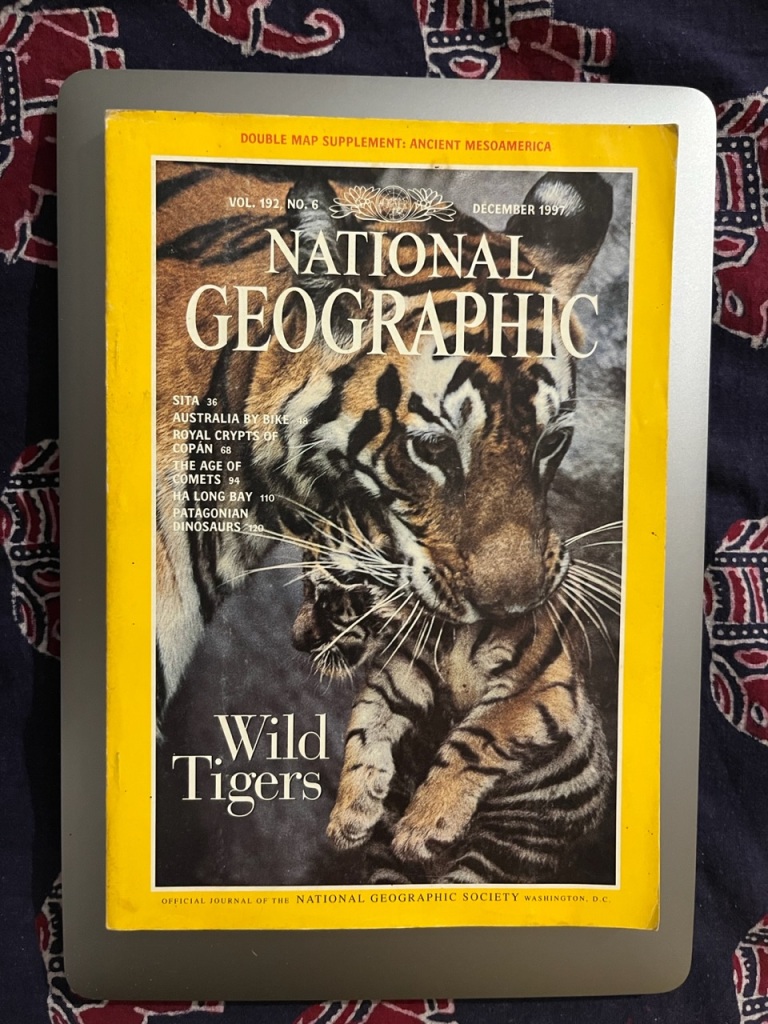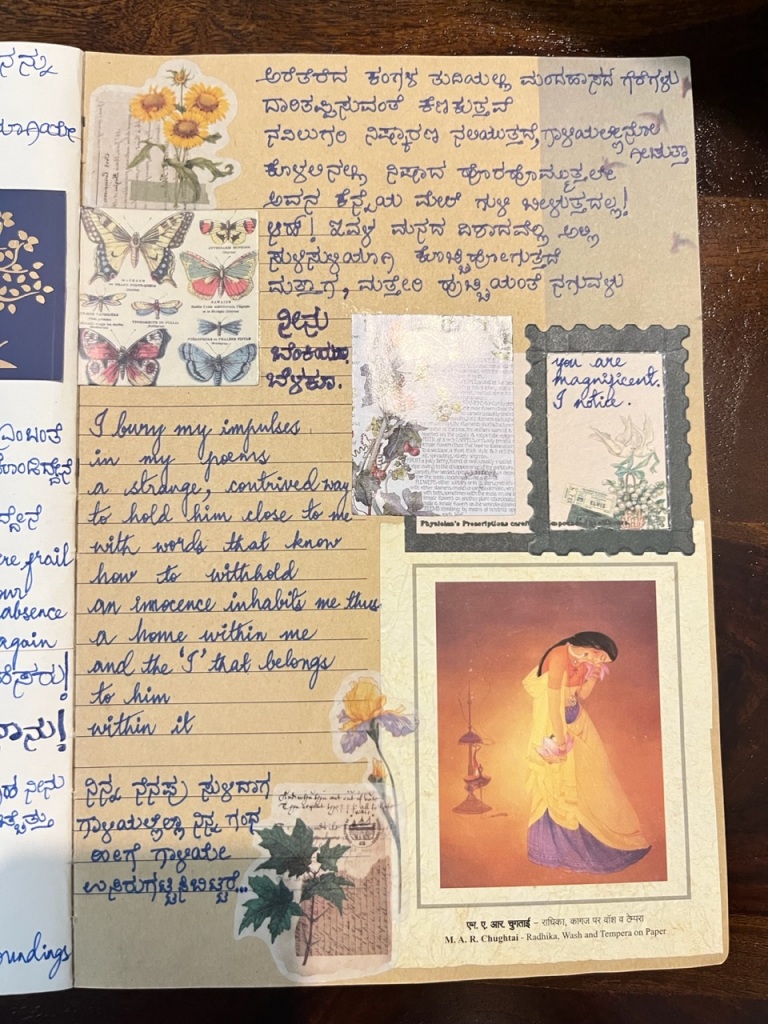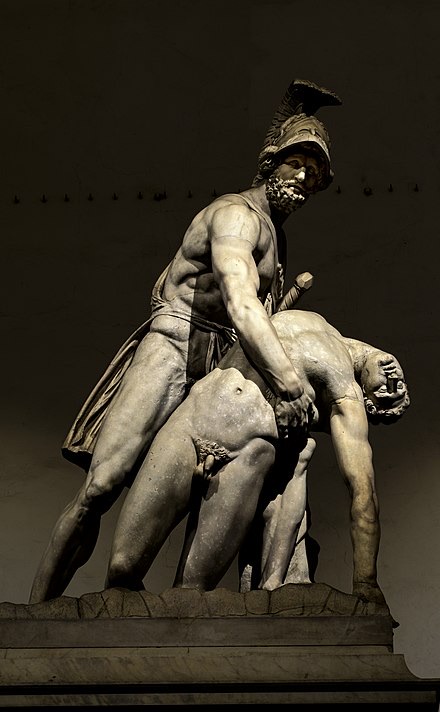

Image 1:
A close-up by a Yanko Malinov in the iconic Loggia dei Lanzi, Piazza Della Signoria. Once known as Menelaus carrying the body of Patroclus. But now it has been widely accepted that this group of sculpture is Ajax carrying the body of Achilles. The limp-ness that the Italians have achieved in the darned marble! You see, we have amazing ancient sculptures whose intricate carvings are unparalleled, too. It would have also been wonderful to have such heroes from our epics sculpted realistically, too. It’s just greed for art talking, not to discriminate. Art is art at the end of the day, no matter where it happens. That we humans are even capable of it is endlessly inspiring. I mean, all the glorious characters of our epics coming alive this way! Imagine a Vishwaroopa Darshanam carved out! I mean, sometimes I wonder what the Romans would have done if we gave them the troubled and the glorious heroes from our epics here. Just how many scenes would have come alive like this, goodness gracious!
Image 2:
Although Homer does not mention Laocoön or his sons in the _Iliad_, these characters come into life in the Epic Cycle on the Trojan Wars. Whatever little you learn from the guides in the Vatican Museums itself ignites an interest in you. Such mastery over stone was achieved millennia ago, the Hellenistic original at least. Mad, mad, mad real antiquity. And what the Greek achieved as original art, the Romans took it to a whole new stratosphere. Argh, annoyingly wonderful! It has been a day of digging into some Greco-Roman mythology and history and art again. Want more realistic sculptures in here, too, please! There’s so much that can burst into life in stone here, so much!!! No dearth of stories what.so.ever. Come on!
